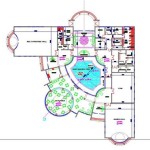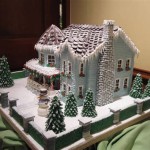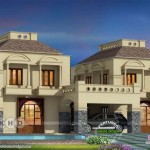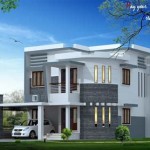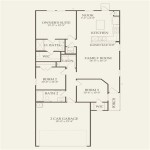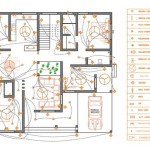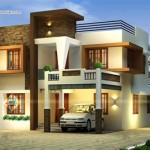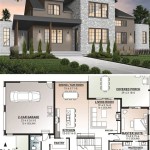Essential Aspects of LEED Certified House Plans
LEED (Leadership in Energy and Environmental Design) certification is a globally recognized benchmark for sustainable building design and construction. LEED-certified house plans incorporate environmentally friendly and energy-efficient features that minimize environmental impact and promote occupant well-being.
Benefits of LEED Certified House Plans
LEED-certified house plans offer numerous benefits, including:
- Reduced operating costs through energy and water efficiency
- Improved indoor air quality for healthier living
- Increased property value and marketability
- Contribution to environmental sustainability
Key Aspects of LEED Certified House Plans
To achieve LEED certification, house plans must address several key aspects:
Energy Efficiency
LEED-certified houses are highly energy-efficient, featuring airtight construction, insulated walls and roofs, efficient lighting systems, and ENERGY STAR-rated appliances. This reduces energy consumption and lowers utility bills.
Sustainable Site Planning
The site planning process considers factors like water conservation, minimizing site disturbance, and preserving natural habitats. This protects the local environment and promotes biodiversity.
Water Conservation
LEED-certified houses incorporate water-saving fixtures, rainwater harvesting systems, and drought-tolerant landscaping to reduce water usage and minimize runoff.
Material Selection
Materials used in LEED-certified houses are chosen for their durability, low environmental impact, and recyclability. This includes using certified wood products, recycled materials, and low-VOC (volatile organic compound) finishes.
Indoor Air Quality
LEED-certified houses prioritize indoor air quality by using low-VOC paints, sealants, and adhesives. Mechanical ventilation systems ensure fresh air circulation and reduce pollutants.
Innovation and Design
LEED-certified house plans often incorporate innovative technologies and design strategies that enhance sustainability. This may include solar panels, geothermal heating systems, or green roofs.
How to Choose the Right LEED Certified House Plan
When choosing a LEED-certified house plan, consider the following factors:
- Your climate and location
- Your budget and lifestyle
- The size and features you need
- The available LEED certification levels
Consulting with an architect or builder experienced in LEED certification can assist in selecting the最佳 的house plan for your needs.
Conclusion
LEED certified house plans offer a path towards sustainable and energy-efficient living. By incorporating these essential aspects, you can create a healthy, environmentally friendly home that aligns with your values and reduces your environmental footprint.

10 000 Leed Certified Homes Archdaily

Pin On Tiny House

Leed Certification Green Building Checklist Faq Ecohome

Architecture Firm Designs Prefab Leed Certified Homes Zdnet

How To Design A Leed Certified Home E Com

Leed Platinum Home Centered On Three Living Pavilions

The Little Easy

10 000 Leed Certified Homes Archdaily

Leed Platinum Residence In Vancouver By Frits De Vries Architect

Go Green With These Leed Certified Homes Chicago

